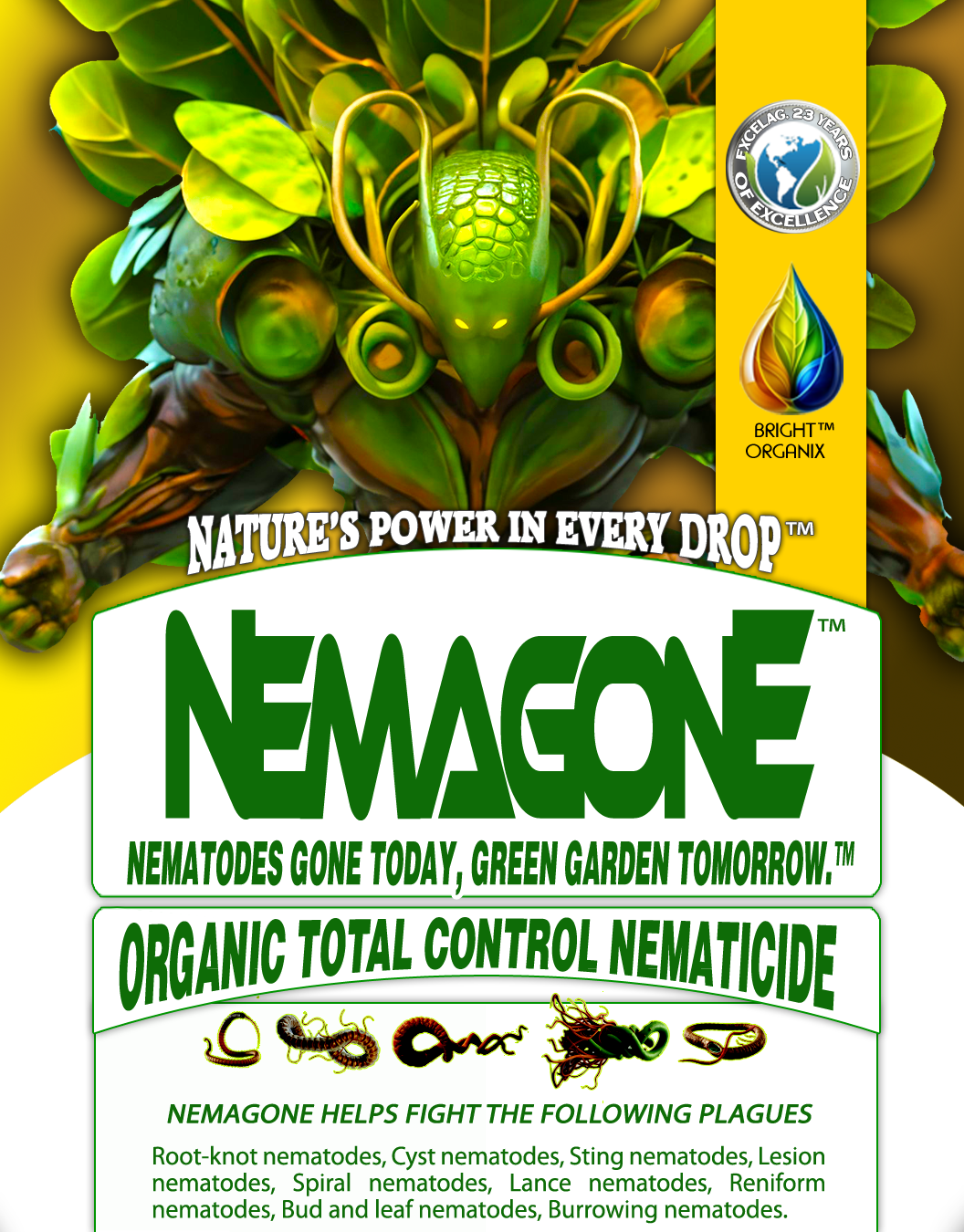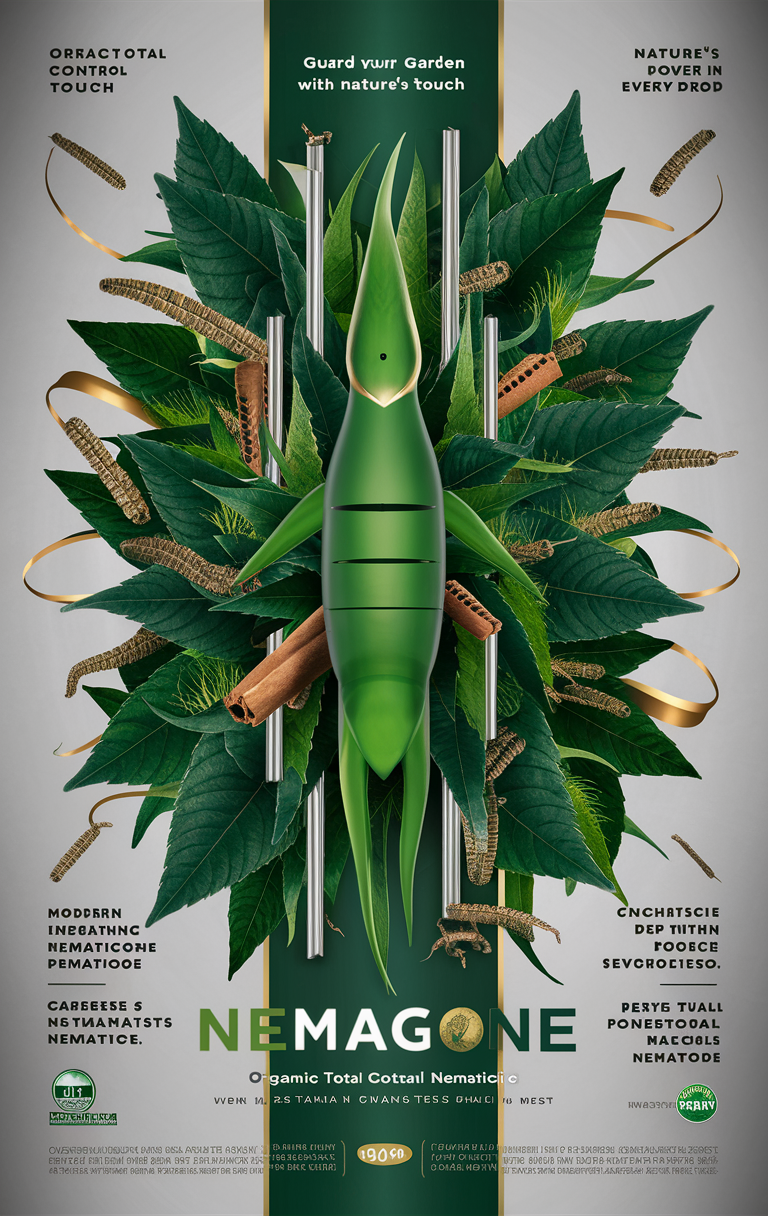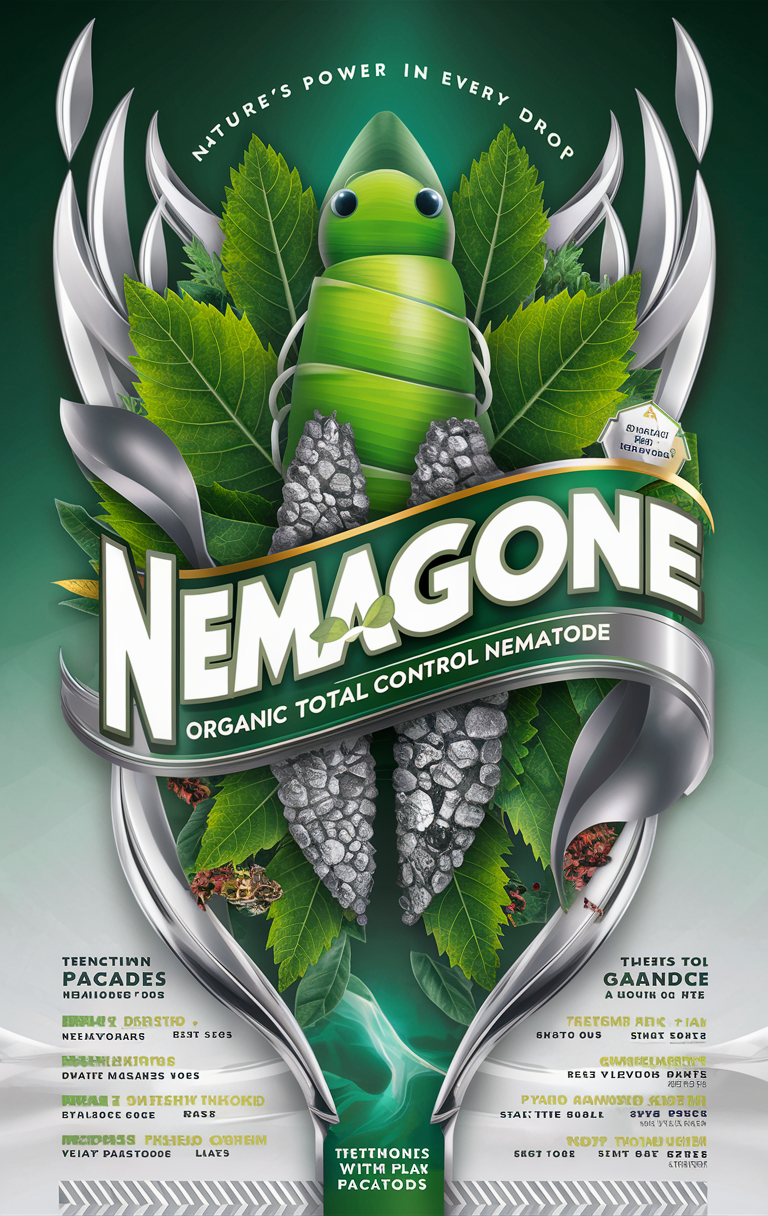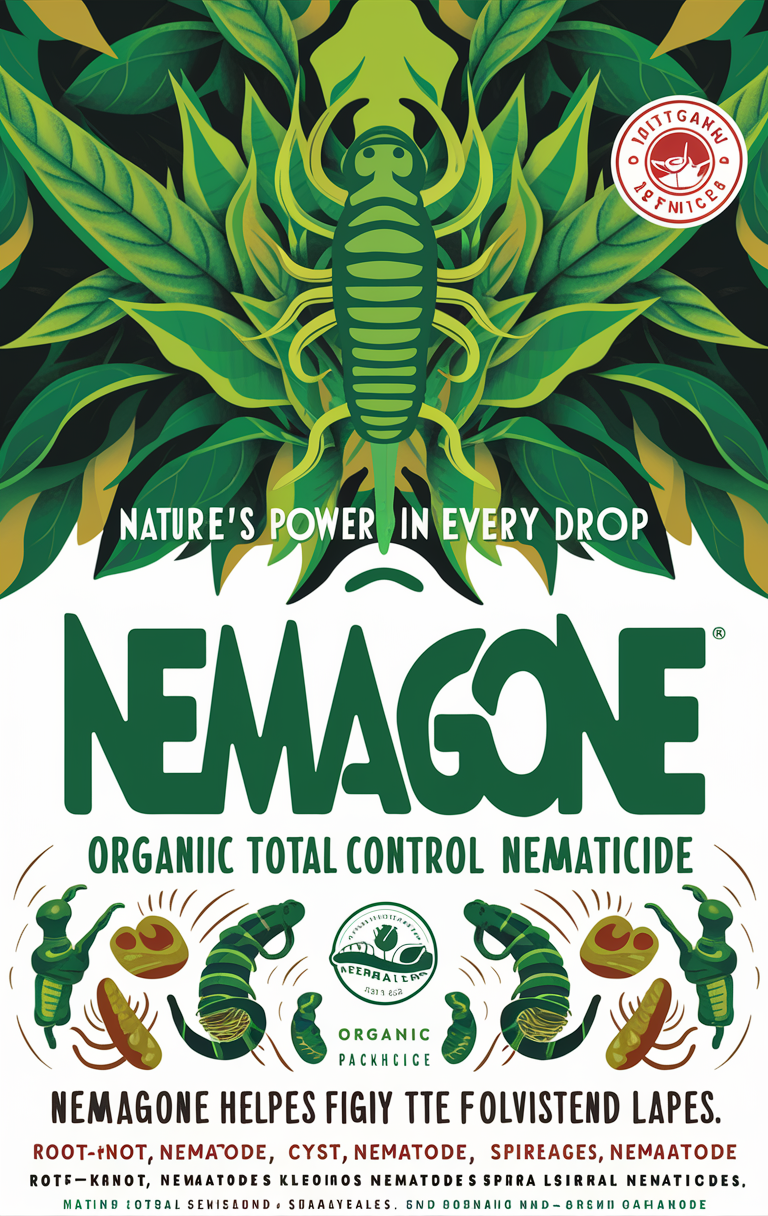Thrips
BIO-GENESIS
Category: Pest
Description: Small insects causing damage by feeding on plant cells of leaves, stems, and flowers, which can result in distorted and discolored plant parts.
Thrips (order Thysanoptera) are classified as pests. Here is detailed information about them:
Category: Pest
Description: Thrips are tiny, slender insects with fringed wings. They are usually less than 1.5 mm in length and can be yellow, brown, or black. Thrips feed by puncturing the outer layer of plant tissues and sucking out the contents, which can cause considerable damage to a wide variety of plants, including vegetables, fruits, flowers, and ornamentals. Common species include the Western flower thrips (Frankliniella occidentalis) and the onion thrips (Thrips tabaci).
Habitat: Thrips thrive in a variety of environments, often preferring flowers and young leaves where they can easily access plant sap. They are commonly found in greenhouses, gardens, and agricultural fields.
Impact: Thrips are significant pests due to their feeding habits and their role as vectors for plant diseases:
Physical Damage: Thrips cause damage by sucking plant juices, which results in stippling, silvering, and scarring of leaves, flowers, and fruits. This can lead to distorted growth, reduced vigor, and lower aesthetic and market value of plants.
Disease Transmission: Thrips are vectors for several plant viruses, including Tomato spotted wilt virus (TSWV) and Impatiens necrotic spot virus (INSV). These viruses can cause severe disease outbreaks in crops and ornamentals, leading to significant yield losses.
-
NemaGone Organic Total Control Nematicide is a comprehensive solution for nematode management. It offers a safe, effective, and environmentally friendly approach. By using this product, you protect your crops and support sustainable farming. Its natural ingredients ensure that your produce remains healthy and safe. Additionally, it is easy to apply and compatible with most agricultural practices. Therefore, it is an ideal choice for both small and large-scale farmers. Choose NemaGone for reliable and holistic nematode control. Experience the benefits of organic pest management today.
Application and Usage: To use NemaGone Organic Total Control Nematicide, apply it directly to the affected areas. It is important to follow the recommended dosage for optimal results. Additionally, ensure that the soil is adequately moist for better absorption. Consequently, the nematicide penetrates the nematode cells effectively. Moreover, regular applications every 4-7 days are advisable. This frequency helps maintain control over nematode populations. Furthermore, pH-corrected spray water enhances the product’s efficacy. Always shake the product well before use to ensure even distribution. Finally, do not store diluted solutions to maintain potency
Size : 1 Gal RTU - 32oz RTU - 16oz CTU





